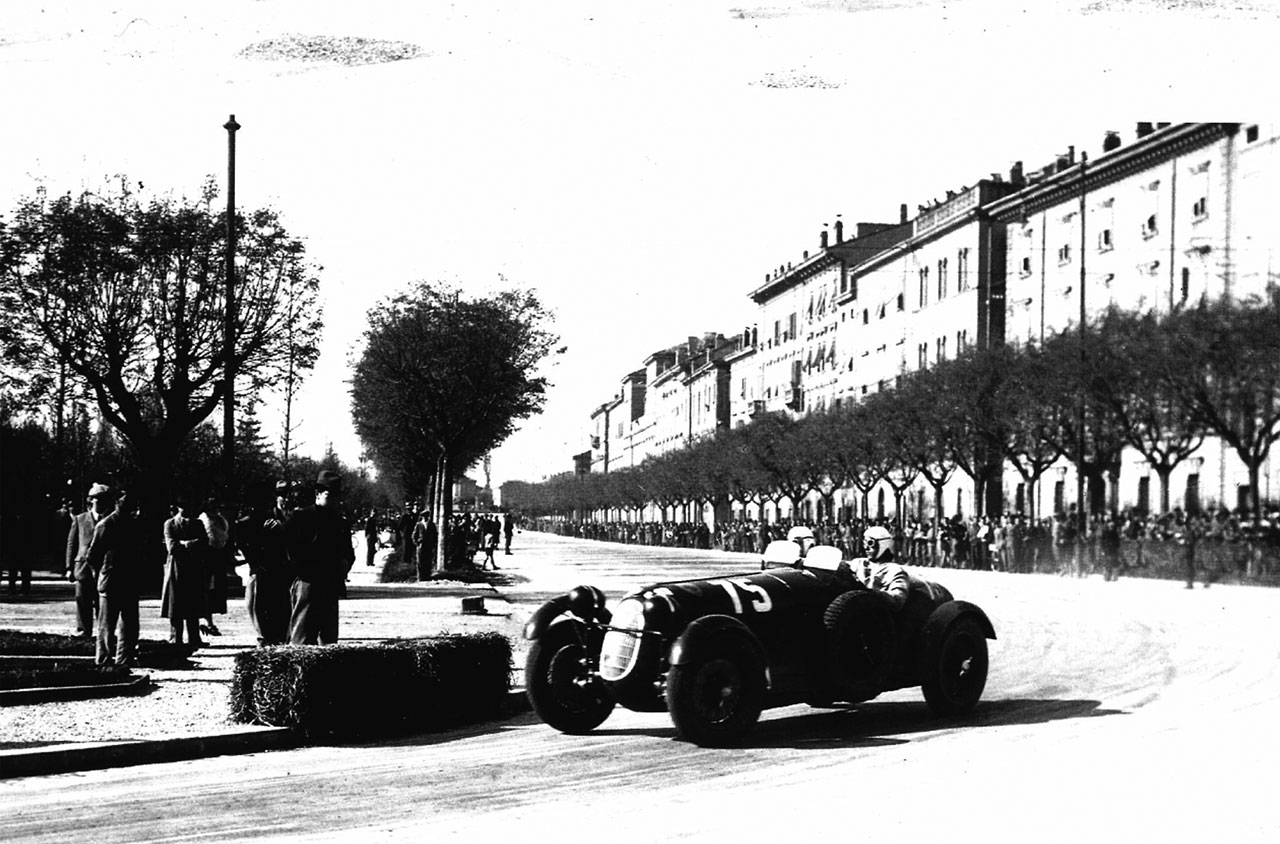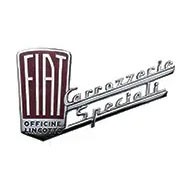
Introduce
The 1936 Mille Miglia took place amidst the backdrop of the Second Italo-Ethiopian War and was deeply affected by the sanctions imposed on Italy by the League of Nations, which led to a significant fuel shortage. To navigate this challenge without drawing negative public attention, a special category was introduced for cars powered by “alternative fuels,” autarchic substitutes for gasoline. Some cars ran on a mixture of alcohol, methanol, and gasoline, a measure intended to prevent auto-ignition.
The dominance of Alfa Romeo in the previous year’s race, with nine out of the top ten positions, prompted the Alfa Romeo team and Scuderia Ferrari to meticulously prepare for the 1936 edition. They debuted the new 8C 2900 A Spider “botticella,” equipped with a P3 engine, rear-mounted transmission, an advanced chassis, and independent four-wheel suspension. The three cars entered by Scuderia Ferrari were driven by Antonio Brivio and Carlo Ongaro, Giuseppe “Nino” Farina and Stefano Meazza, and Carlo Maria Pintacuda with Aldo Stefani. Among the 24 Alfa Romeos in the race were the previous year’s winning Tipo B P3, several 8C 2300 Monzas, and 6C 2300B Pescara models with Superleggera Touring bodies. Notably, Benito Mussolini’s personal 6C 2300 B Pescara Spider, driven by his chauffeur Ercole Boratto, also competed.
Maserati fielded four promising cars, including two 4CS 1100s, a 26B 2000 Sport Menarini, and a 4CS 1500 driven by motorcycle ace Omobono Tenni, making his four-wheeled debut. Fiat had the largest contingent, with 37 entries, primarily 508 Balilla models driven by privateers of varying renown, including Emilio and Luigi Villoresi, Enrico Nardi, and Giuseppe Gilera. Six competitors raced using alternative fuels, including a charcoal-powered Alfa Romeo 6C 1750 GS Spider driven by Professor Mario Ferraguti, the inventor of the system.
The race began with Biondetti leading in his P3 at Bologna, closely followed by Pintacuda, Brivio, and Farina. By Florence, after intense competition through the Apennine roads, Biondetti still held the lead. However, by the time they reached Rome, Farina and Brivio had closed the gap to within three minutes. Biondetti’s lead faltered due to a tire change, and Pintacuda suffered carburetor issues. Brivio overtook Farina near Perugia and led the race as they ascended northwards, with a 14-minute lead at Bologna.
As night fell, Brivio’s car experienced electrical failure, allowing Farina and Pintacuda to close in. Nonetheless, Brivio and Ongaro managed to cross the finish line in Brescia first, with only 32 seconds to spare over Farina and Meazza. They completed the 1,597 km race in 13 hours, 7 minutes, and 51 seconds, at an average speed of 121.590 km/h, setting a new speed record for the Mille Miglia.
Pintacuda and Stefani secured third place, with Biondetti finishing fourth, rounding out Alfa Romeo’s dominance. Maserati drivers Omobono Tenni and Guerino Bertocchi placed fifth and sixth overall, winning their respective 2000 cc and 1100 cc categories. The race showcased the resilience and determination of drivers and machines alike, with only one alternative-fueled car finishing after 31 hours and 28 minutes, just under the time limit.
Winner: Brivio/Ongaro – Alfa Romeo 8C 2900 A







